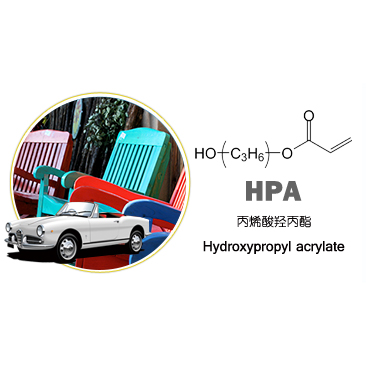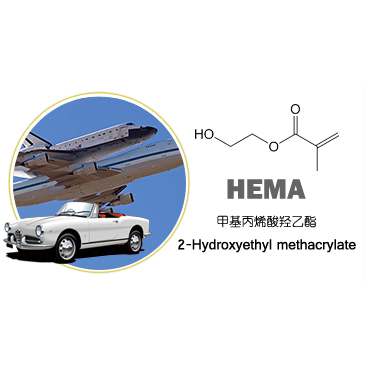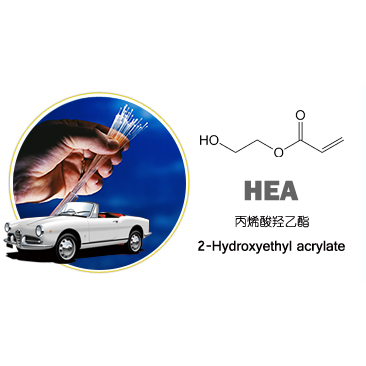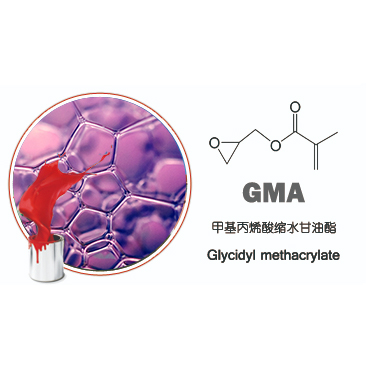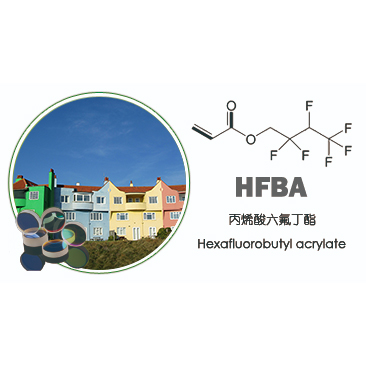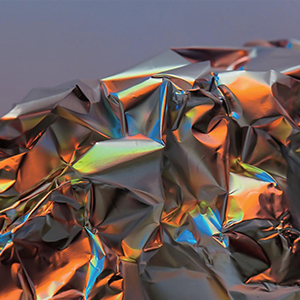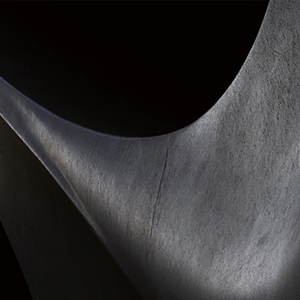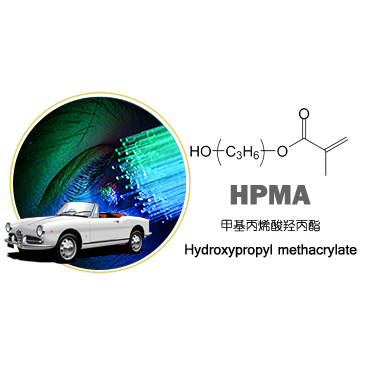- E-mail : info_marketing@jindunchemical.cn
- Phone : +86 21 64057580
- Address : Shanghai China
YS-T802 UV coatings for automotive interior parts

With the continuous development of the automobile industry, domestic and foreign automobile manufacturers have also raised higher requirements for the performance of automotive interior materials. While paying attention to comfort and safety, interior parts also need to have excellent decoration. UV coatings play a good role in protection and decoration of automotive interior plastic parts.
Nowadays, the coatings used in automotive interiors are basically heat-curing two-component polyurethane (PU) coatings. Polyurethane coatings have strong adhesion, excellent chemical resistance, wear resistance and toughness, and are widely used in PC , ABS, PC/ABS are the main materials for the surface decoration of interior parts. However, it is restricted by the characteristics of polyurethane resin.
UV curing coatings have the advantages of fast curing speed, environmental protection, and excellent film performance. UV curing coatings currently used on plastic parts have two types, single curing and dual curing. Single-layer curing refers to a pure UV curing technology, which can be cured within a few seconds or ten seconds through only ultraviolet light irradiation. It has the advantages of fast curing speed, environmental friendliness, abrasion resistance, and excellent chemical resistance.
At present, the scratch resistance of PU coatings used in automobile interiors is insufficient. In high-gloss interior parts, especially in areas such as shift covers, air conditioning covers, radio panels, and steering wheel covers that people frequently contact The problem of rubbing is increasing year by year. At present, a better solution is to use UV-curable coatings with higher surface hardness.
Application and prospect of UV - curing coatings
UV-curable coatings were first used in household appliances, mobile phones, furniture and other fields, and were rarely used in the automotive industry. This is because the structure of auto parts is complicated, which is not convenient for UV curing, especially the deep hole structure of curved surface has curing shadow. On the other hand, auto parts have more stringent requirements for weather resistance and light resistance.
With the continuous maturity of UV curing technology and the emergence of dual curing systems, the application of UV curing coatings in automotive interior plastic parts has also increased year by year. In recent years, major OEMs have continuously improved the quality requirements of interior coatings, making UV assimilation coatings a hot topic in the automotive interior coating industry.
Many automotive parts have used engineering plastics or polymer-based materials, and coatings are needed to improve their surface properties. UV coatings have outstanding advantages in this respect, and can give plastic surfaces high hardness, high gloss, wear resistance, scratch resistance and other properties.
For example, automobile lamp shades have replaced glass shades with PC. PC has the advantages of easy processing and molding, light weight, strong flexibility, and resistance to breakage, but its surface strength is weak, not resistant to scratches and scratches, and has poor weather resistance and is easy to yellow. side. Coating with UV plastic coating can not only change the scratch resistance and abrasion resistance of the PC surface, but also has good optical properties, which can meet the long-term weather resistance requirements, and greatly save the time of coating.
With the development of the coating industry, the continuous improvement of the interior requirements of the automotive industry, and the country's strengthening of environmental protection, the high wear resistance and low VOC characteristics of UV coatings will become more prominent, and its application prospects will also be very broad.






































